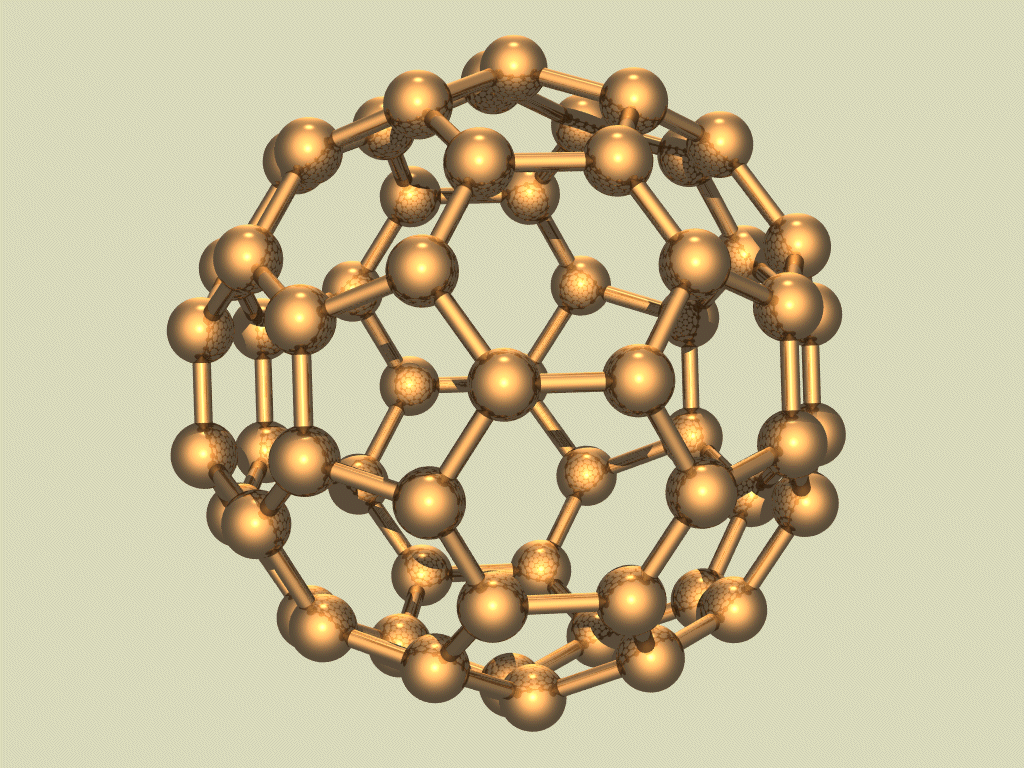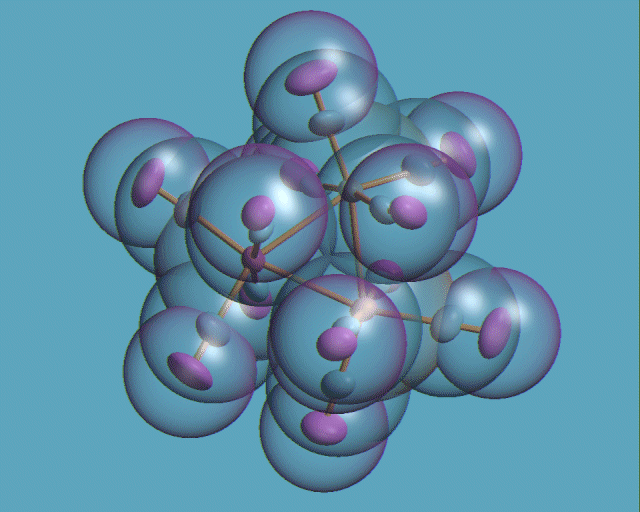I am now retired, but my most recent areas of research interest were:
Charge density studies involve the direct experimental measurement of the electron distribution in molecules and hence provide detailed information about the chemical bonding between atoms. The Atoms in Molecules (AIM) topological approach of Richard Bader and coworkers has revolutionised the analysis of charges densities and is being increasingly applied to experimental results. The AIM theory attempts to explain chemical bonding in molecules directly from the electronic charge density, in contrast to most theoretical approaches which utilise analysis of the wavefunction and associated molecular orbitals. Our experimental charge density study on manganese carbonyl was highlighted a while ago in an IUCr newletter.
I remain a member of the XD programming team, which produces the XD2016 computer program for the AIM analysis of experimental charge densities, used in 100 laboratories worldwide.
One area we investigated concerned the topologies of the experimental charge densities in coordination complexes and organometallic complexes, with a view to obtaining a deeper understanding of metal-metal and metal-ligand interactions. Weundertook charge density studies on manganese decacarbonyl (pdf reprint here), on the binary carbonyls Cr(CO)6, Fe(CO)5 and Ni(CO)4 (pdf reprint here), and on tricobalt alkylidyne clusters (pdf reprint here). We are currently focusing on the nature of the delocalised interaction between a metal and pi-bonded hydrocarbyl ligands. These interactions are proving difficult to characterise through examination of the bond critical points alone.
Software for Chemical Crystallography
I also still maintain much of the software from Chemical Crystallography, Glasgow of which the most utilised software are the MS-Windows programs Ortep for Windows and WinGX.

| Ortep-3 for Windows with new POV-Ray interface |

| WinGX - crystallographic program system for Windows |
Other research topics